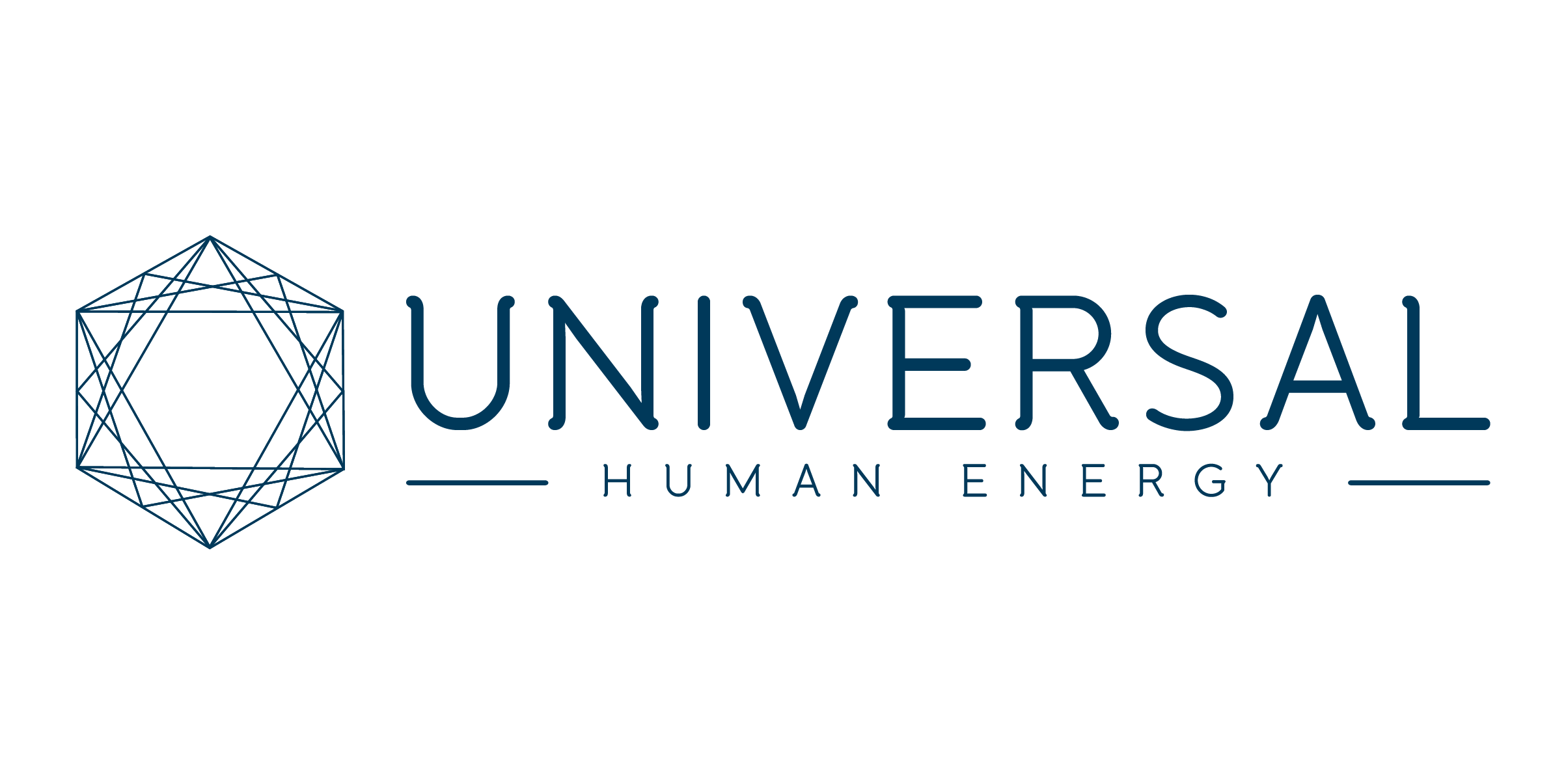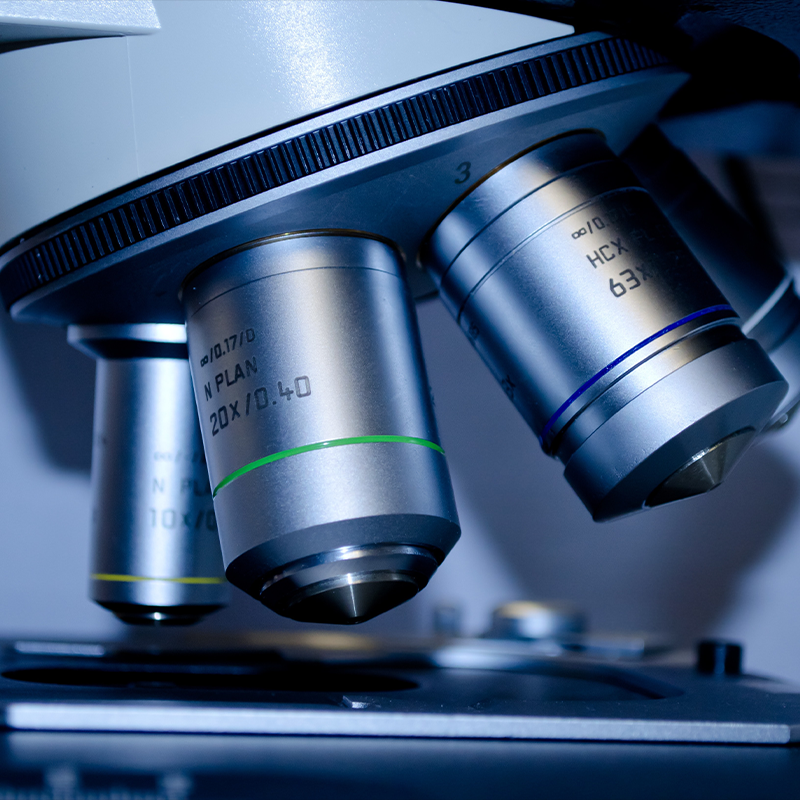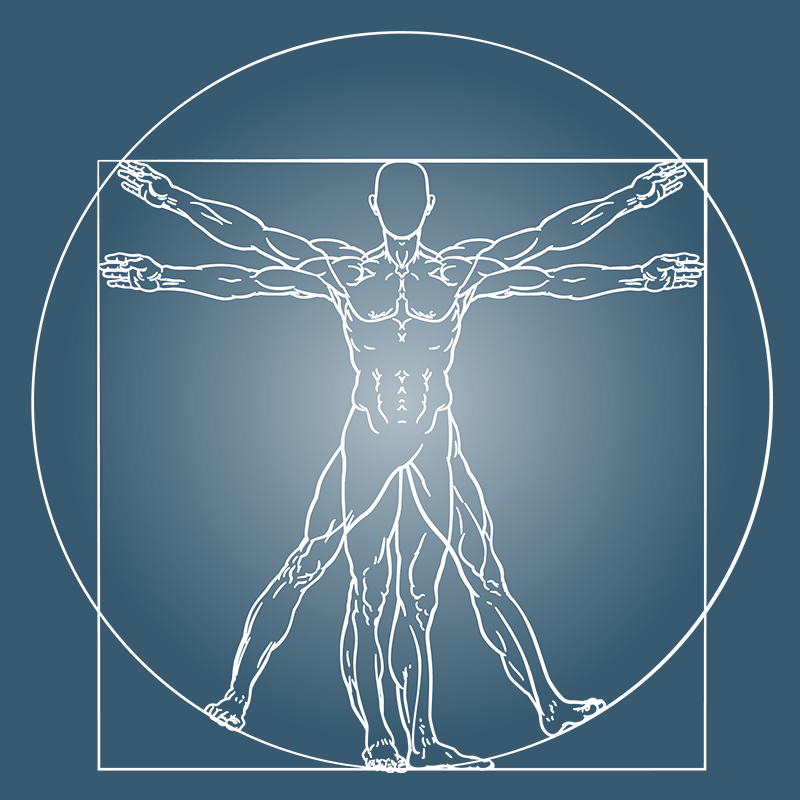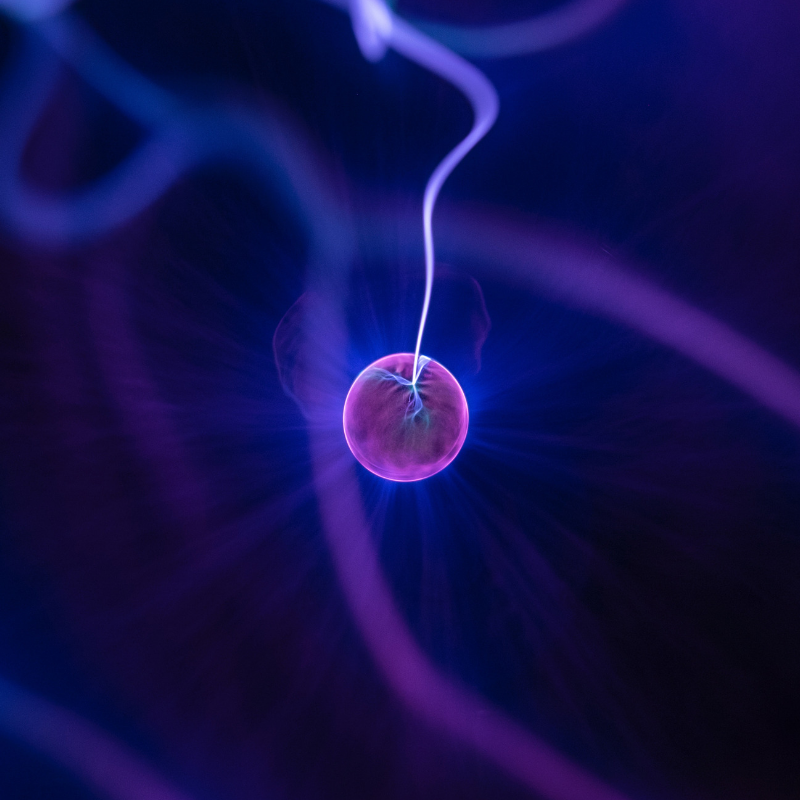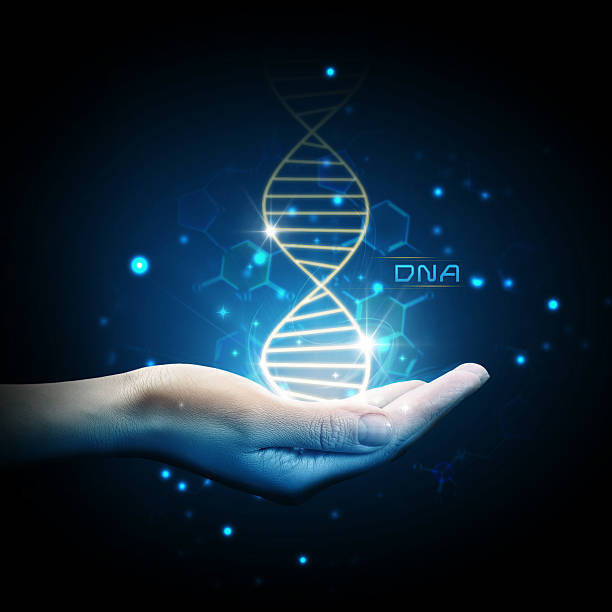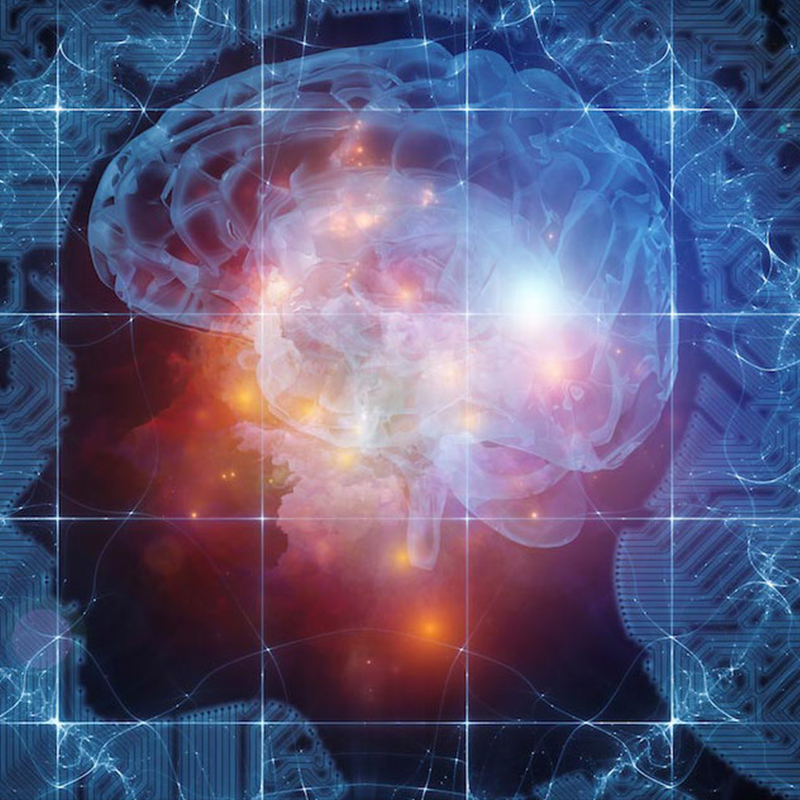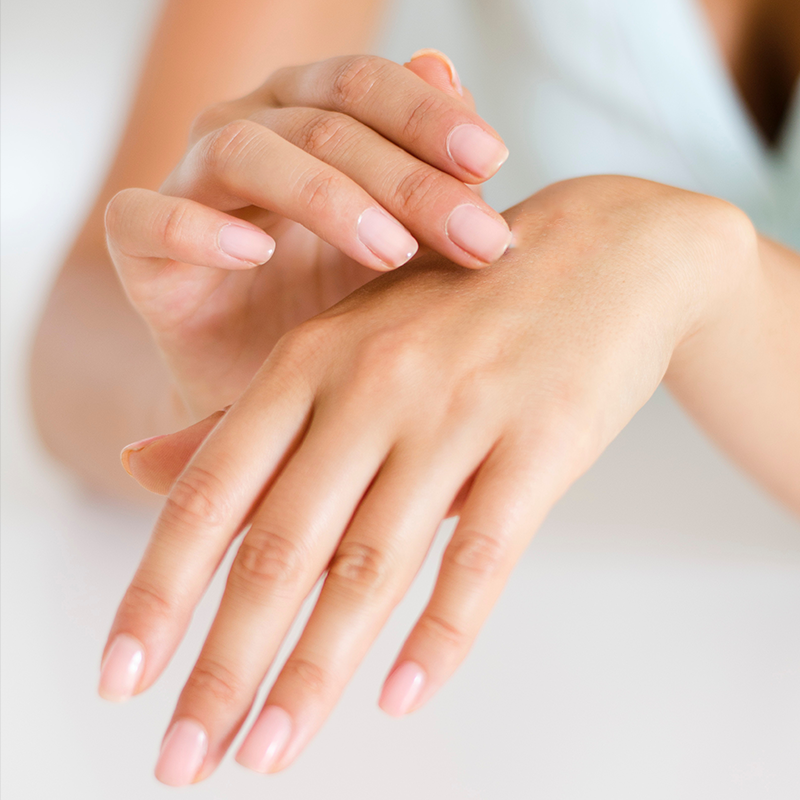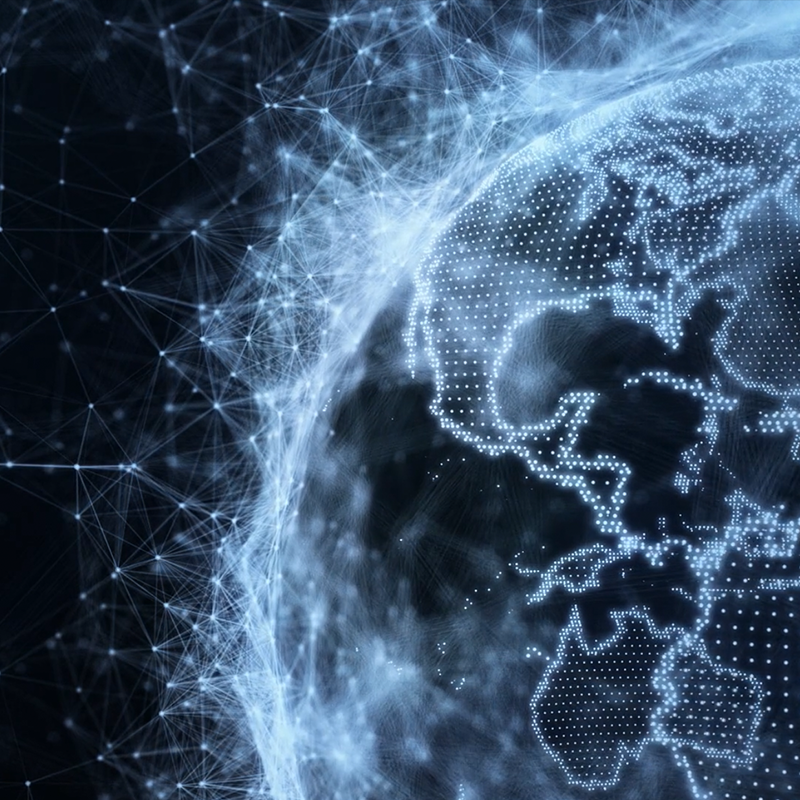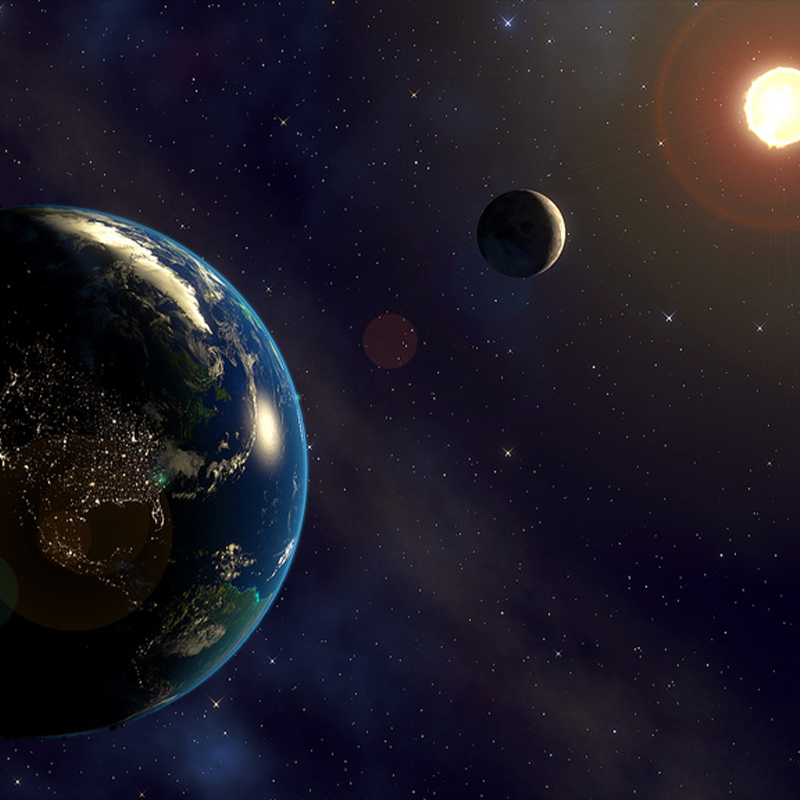Science
Past, Present and Future
Universal Human Energy™ has partnered with Shae™ connecting more than 15 layers of science and centuries of tradition. From Chinese and Ayurveda medicine to today’s 100% evidence-based modern science by an international team of independent doctors and researchers.
Who We Are
Shae™ uses multiple sciences and information technologies to integrate ancient wisdom and cutting edge discoveries into one powerful platform.
- Decades of research has gathered centuries of data from scientific studies and lifestyle inventions.
- By measuring the body, science can assess our health status.
- Shae™ and Universal Human Energy™ integrates these insights and delivers highly-personalised lifestyle recommendations for our current health status.
- Science has proven our lifestyle can affect our health.

Epigenetics at Work
Shae™ uses anthropometry (scientific assessment of your body’s measurements), family history, and assessment of your lifestyle and environment to determine your phenotypical and genotypical profile. Combined, they create a person’s epigenetic profile.
THE SCIENCE – An Overview
Shae™ uses complex algorithms developed by our researchers to translate the distinct relationship between what your body looks like on the outside (phenotype), and a person’s genetic coding (genotype).
The gap between what you currently look like living your life the way you do (phenotype), and how nature designed your body to look (genotype) is the missing link in balancing your health. This missing link is information you need to align your phenotype and genotype to optimize your human potential, and can be found in your Shae™ profile.

The sciences
Anthropometry
Anthropometry can be said to have started in mid-1800s when doctors were still very much in contact with ancient medicines whilst new paradigms they needed to understand were emerging. Aquilla di Giovanni, a doctor teaching at university of Bologna, created the first way of classifying people according to specific morphology. Since the 1600s, the idea of measuring and putting data together had been at the fore but it wasn’t until the 1800s that the classification of phrases, types, and evidence to back up findings came about.
In 1890 di Giovanni published the text “The Morphology of Human Body” where he explained all the correlations between the structures of the body, body shapes and certain diseases.
Endocrinology
Endocrinology studies the physiology and pathology of endocrine glands. Endocrine glands produce hormones that sustain metabolism, control sexual secondary characteristics, regulate temperature, influence behaviour, personality and mood, and many other physiological functions. Amongst most organs in the body, endocrine glands are probably the most important in relation to body shape and the quality of tissues.
For example a low function of the thyroid during development, due to lack of oligo elements or essential nutrients could influence the phenotype by changing its expression independently from the genetic makeup.
In 1890 di Giovanni published the text “The Morphology of Human Body” where he explained all the correlations between the structures of the body, body shapes and certain diseases.
Embrology
Embryology refers to the full developmental biology throughout the full life spectrum – from “pre-womb to tomb”. It offers us specific insight into the physiological development of the human body, and the links between various organs, systems and functions.
And because there are many epigenetic factors that influence our development, by understanding our specific physiology we can better understand how much our phenotype can be influenced and which epigenetic factors may be most influential.
Ancestry & Genetic Lineage
Genetic lineage has a significant influence on our ideal environment and lifestyle, and subsequent defense systems for our health. For example, a person with genetic history from England who is living in Australia will be more prone to sunburn and diseases of a hot environment.
As we learn more about our dominant and recessive genes, the morphism and evolution of genetic material over time periods, and the predispositions or risks that exist based on our genotype and our surroundings, we further understand that our genes play an important role in our framework or blueprint but do not exclusively determine our future.
Neuropsychology
It has been widely accepted that human conscious activity seems to be highly related to brain cortical activity, however conscious activity has been demonstrated anecdotally with minimal or nil activity via electroencephalography. Subconscious processes refer to all physiological functions that we do not consciously influence. They are autonomic in essence but can be highly disrupted by cognitive and cortical stress.
Stress patterns always correspond to a specific amount of neurotransmitters and hormones released with the obvious effect on health, physiology and disease.
Phenotypical Traits
Our physical traits and characteristics offer deep insight into the health or dysfunction of our body. Signs such as striations in fingernails may indicate mineral deficiencies, cracked skin vitamin deficiency, finger length may indicate hormonal dominance, texture of the tongue organ dysfunction, and so on.
When we are clear on what to analyse and know the correlating deficiencies or dysfunctions for these physical signs, then we are able to gain valuable information that can assist us in diagnosing or understanding the state of health of the human body.
Semeiotics
Semeiotics studies signs and symptoms of the human body to correctly identify, collate and interpret, through diagnostics, the origin of simple or complex diseases. It can also identify the patterns of normality and therefore those conditions that could be pathologic in certain constitutions and are normal for others, such as heart rate, cholesterol, perspiration etc.
Semiotics can offer great insight into deficiencies or dysfunctions in many systems of the body and corresponding levels of vitamins, minerals and biochemical balances or imbalances.
Exposomics
Emerging sciences such as nutrigenomics, and exposomics are delving deeply in the subject of how the environment and the partial introduction of it in our body in the form of food, air, water can influence cells to activate definite functions. It is obvious that certain diet types trigger inflammation genes, and others switch them on. Investigation on which molecules trigger deeper processes such as regeneration, growth, apoptosis are also investigated.
The process of glycation is another interesting topic that requires direct reference especially when revisiting our modern diet types rich in glucose derivatives and poor in fibers.
Geomedicine
Any organism requires a specific environment to survive or thrive. The expression of genes is triggered and associated with specific physical and biochemical stimuli. Temperature can be a trigger for functions that when decoded by genes will activate thermogenesis or heat dispersal. The function of skin pigments such as melanin also depends on how the environment, spanning generations, acted as a master control for genes that needed to adapt and produce more dark skin pigment when living at locations that induced more sun exposure.
Even living most of the day indoors or outdoors, or being part of a great family or living alone can trigger definite functions, such as oxytocin release, which may reduce anxiety and increase trust.
Molecular Biology
Molecular biology is the study of molecular underpinnings of the process of replication, transcription, translation and cell function. It is a branch of science that investigates biological activity at the molecular level, particularly the interactions between various systems of a cell and the structure, function and regulation of proteins and nucleic acids essential to life. It overlaps with biochemistry and genetics with particular focus on DNA, RNA and protein biosynthesis.
In more recent years, there has been a strong shift in interest from DNA to RNA, whose functions range from serving as a temporary working copy of DNA to actual structural and enzymatic functions.
Traditional Chinese Medicine
Traditional Chinese Medicine (TCM) refers to a broad range of medicine practices which were developed in China over a tradition of more than 2000 years and include herbal medicine, acupuncture, tui-na, qi-gong and dietary therapy. TCM is an ancient way of thinking and applying medicine concepts, which doesn’t dissociate them from life and its manifestation. More than any other system, TCM is devoted to quantifying not only the environment and its features but also how the body responds to the environment. TCM focuses on harmony between being and environment, like the seed of a plant and its soil, the rain, water quality, drainage quality, nourishments in the mineral content of the soil, passages of air in the soil, how much air there is, etc.
Chronobiology
“Chrono” means time and “Biology” means the study of life. Chronobiology creates a lifestyle according to specific changes which are innate in your body. This means we have an internal clock and this internal clock determines the production of hormones and, when coupled with exposure to light, it creates photoperiodism. The earth rotates so there is sun at midday and when the sun goes down at 6 o’clock for example, there is no more thermal emission, no more ultra violet and, so on.
The rhythms are all driven by the fact that we are living on a sphere that rotates, and we have an internal adaptation system – our circadian clock – to try to adapt to these rhythms.
Ayurveda
Ayurveda, or Ayurvedic Medicine, is a system of Hindu traditional medicine of Vedic origin which is native to the Indian sub-continent. Ayurveda is a Sanskrit word for life-knowledge. In Ayurveda, the most important factor in determining pathology is how healthy the person is, in order to be able to defend themselves from any internal or external pathogens. Everything is based on how healthy the body is, and the health parameter to determine this measure of health is how pure or how clean the system is.
Over thousands of years and countless experiments, Ayurveda grew to decide that most of the weaknesses in the body are caused by toxicity.
Let's connect?
Contact the team at Universal Human Energy to discuss your personalised options.
